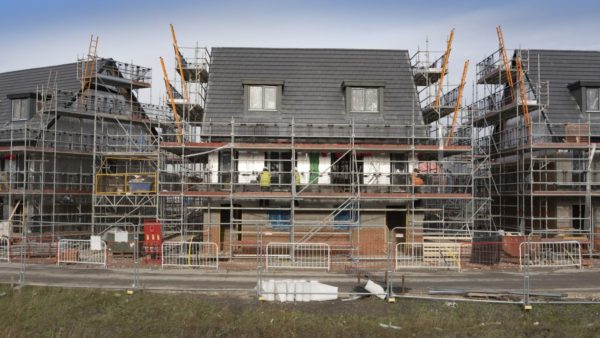Apprentices and trainees in the construction industry have secured a 6% pay increase over two years in a deal reached between Unite and the Federation of Master Builders.
Workers in the construction industry also agreed to a 5.5% deal over two years. The deal involves average rises of 2.5% which will come into effect from 30 June 2014, with a further set of rises averaging 3% to come into effect from 29 June 2015.
The increase covers construction industry workers who are part of The Building and Allied Trades Joint Industrial Council. The agreement covers joiners, bricklayers, plumbers and plasterers and other building trades.
The deal will see wages of a 17-year-old apprentice rise to £5.79 per hour, a tradesperson qualified to NVQ Level 2 to £9.90, an NVQ3 to £11.50 and a general operator to £8.65.
Unite national officer John Allot said: “We welcome the Federation’s commitment to high quality apprenticeships and fair pay for young people trying to make their way in the building trade. We welcome this deal and the clear commitment from the Federation to direct employment and the training of apprentices under a national agreement.”
Brian Berry, chief executive of the FMB, said: “This deal reflects the cautious optimism and the desire for long-term stability now present in the industry. The construction sector is finally seeing consistent growth for the first time in five years. Yet, this growth is from a very low base and remains relatively constrained for many of our members.”
Berry added: “The FMB’s latest State of Trade Survey showed growth in workloads and new enquiries slowed during the last three months of 2013, output in domestic repair and maintenance sector, in which the majority of FMB members work, fell during 2013 and we are still seeing upward pressure on output prices driven by rising materials costs.”
However, though the deal has been welcomed by the sector, companies fear that the rise in workload and potential skills shortages will make the deal academic as firms splash more cash to hold to staff.
Vance Babbage, managing director of B&M Babbage, said: “It’s really useful to have these deals as a guide and see where industry thinks wages should be. But wages are market driven and as work picks up we are having trouble holding on to staff and I’ll adjust rates accordingly.”
Latest figures from the Office of National Statistics show that real hourly wages in construction are some 13.4% below their pre-downturn level.
Average real hourly wages were around 7.6% below their 2008 level in Q4 2013, but there was substantial variation between industries. Those in the finance & business services industry – which experienced higher real wages until late 2011 – have hourly wages just 4.2% lower than in 2008.











Comments are closed.